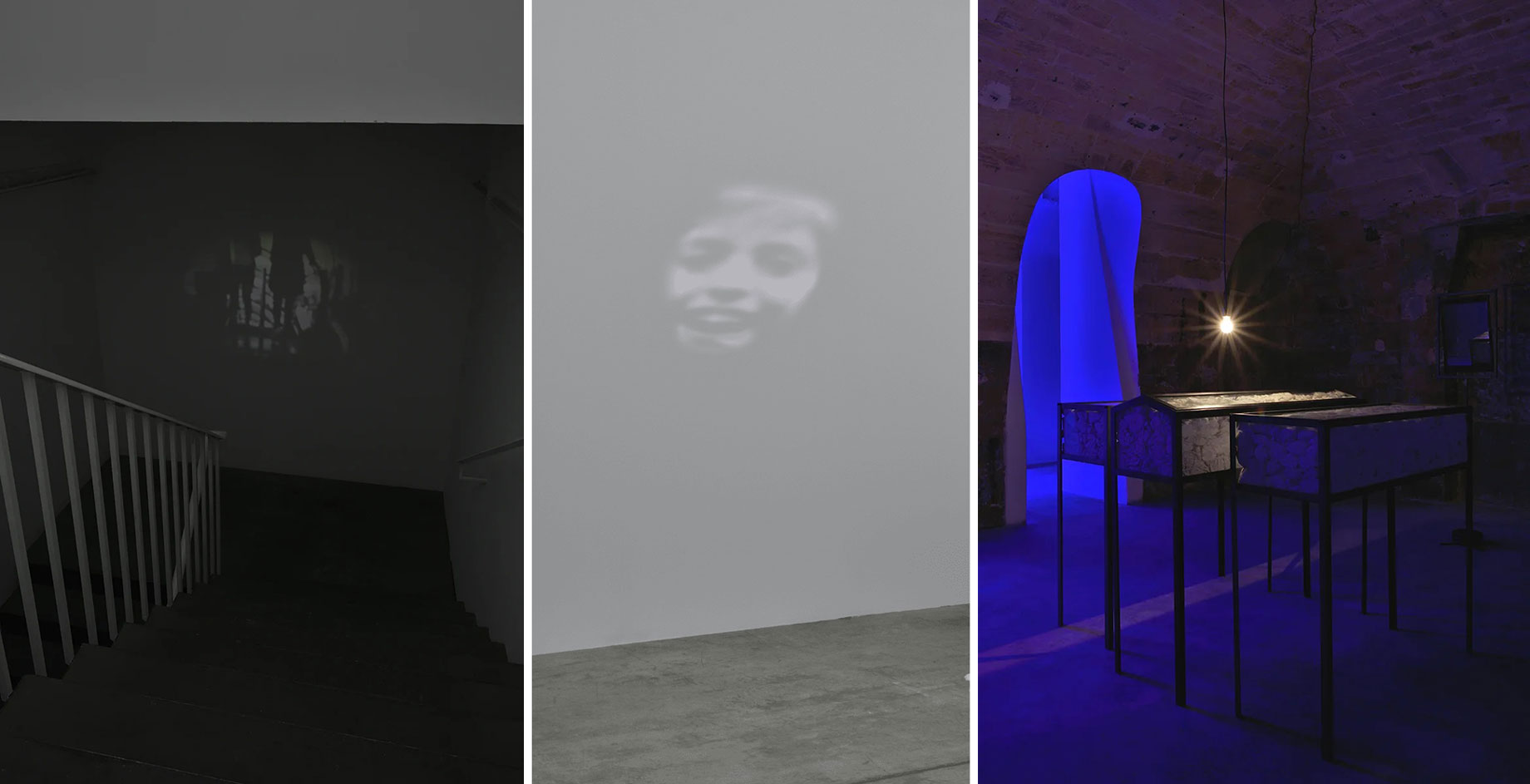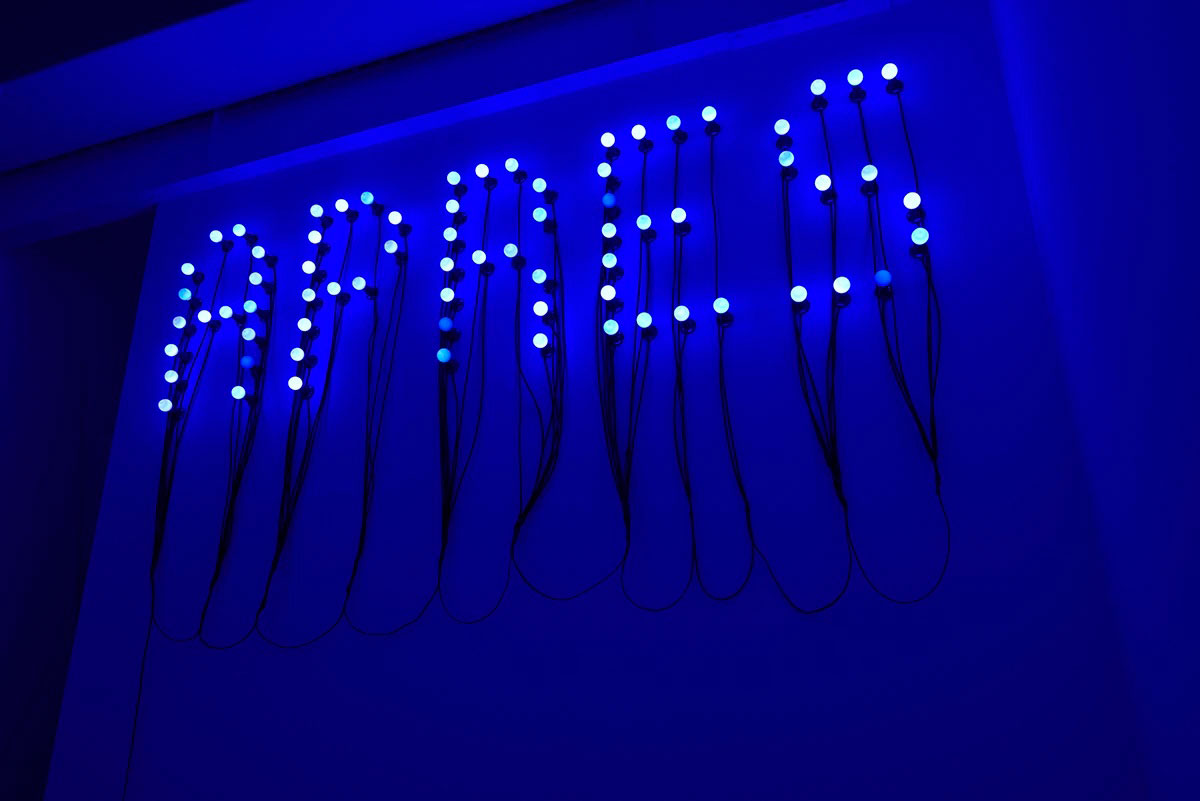ART CITIES:Paris-Christian Boltanski
 Since his very first exhibition at a Parisian cinema, Le Ranelagh in 1968, Christian Boltanski has been scrutinizing human life and that which remains after death. Using an inventory process, through either photograph albums, registers or accumulations of objects, Christian Boltanski entrusts the memory of human existence to a simple enumeration. He accentuates our daily gestures in the form of ‘little stories’; those actions which define ordinary life and contribute to the shaping of a shared memory.
Since his very first exhibition at a Parisian cinema, Le Ranelagh in 1968, Christian Boltanski has been scrutinizing human life and that which remains after death. Using an inventory process, through either photograph albums, registers or accumulations of objects, Christian Boltanski entrusts the memory of human existence to a simple enumeration. He accentuates our daily gestures in the form of ‘little stories’; those actions which define ordinary life and contribute to the shaping of a shared memory.
By Efi Michalarou
Photo: Galerie Marian Goodman Archive
“Après” is Christian Boltanski’s first solo exhibition in France since his retrospective at the Centre Pompidou a year ago. In this show laid out over the two floors of the Galerie Marian Goodman, Boltanski gives free rein to his interest in a form of total art in which the works develop their own scenography. Articulated in a coherent whole, they stimulate all the vectors of perception, whether direct or deeper in the private world of memory. “The experience I want visitors to have in each of my exhibitions is not necessarily to understand but to feel that something has happened,” explains the artist. This exhibition comprises a new set of sculptures combined with video projections, a big new video installation in the basement, and, in conclusion, two other, older installations. On the ground floor, masses of white cloths on trolleys randomly fill the centre of the room. In these new works titled “Les Linges” (2020), which the artist began working on during the lockdown last spring, Boltanski’s emblematic materials “take on a new meaning in connection with the events we are living through.” We are invited to lose ourselves as we walk among these forms that slowly stir memories of an atmosphere or experience we have known. This installation is juxtaposed with projections on the walls titled “Les Esprits” (2020). In them we see the faces of children, their barely visible features gently fading, like fleeting memories. At first ghostly, the faces then appear more distinctly on the walls as the light dims, thereby creating a dynamic interaction with the characteristics of the gallery space. A barely visible, mysterious video entitle “Le Passage” (2020) accompanies viewers and invites them to go downstairs. On the lower level, the video installation “Les Disparus” (2020) spreads over four large curtains on which “cliché” videos of a fabricated vision of happiness hide subliminal images of the horrors that took place in the century “I was born into and that unfolded in parallel to part of my life” explains the artist. “For most of us, they remain present in our subconscious”. The word “Après” (2016) invites us to enter the more peaceful space of “Les Vitrines” (2020).
Christian Boltanski was born in Paris on September 6, 1944, to a Ukrainian Jewish father and a Corsican mother. He is a photographer, painter, sculptor, and installation artist. Boltanski’s early years were marked by the Nazi occupation of France, which forced his father to go into hiding. In 1958, after leaving school around the age of 12, he began to create plasticine sculptures and painted large-format figurative works centered around macabre historical subjects. He eventually gave up painting in favor of photography and sculpture, and it was around this time, in 1968, that his first solo exhibition “La vie impossible de Christian Boltanski” was held at the Thétre le Ranelagh, Paris. The artist culls photographs from vernacular sources such as postcards, newspapers, police registries, and family photo albums, creating vast groupings or installations of these mementos that merge everyday life with high art. His work deals with the concepts of loss, memory, childhood, and death, often functioning as memorials or shrines to collective cultural rituals and events. Many of his installations may reference the lives lost in the Holocaust, striking both collective societal and personal chords. Shortly after his first solo exhibition, he published his first books “Recherche et présensation de tout ce qui reste de mon enfance, 1944–1950” and “Reconstitution d’un accident qui ne m’est pas encore arrivé et o j’ai trouvé la mort” both in 1969. During the 1970s Boltanski participated in a number of important shows, exhibiting at the Musée d’art moderne de la Ville de Paris (1970); Documenta 5 in Kassel, Germany (1972); Staatliche Kunsthalle Baden-Baden, Germany (1973); and Venice Biennale Architettura (1975). Since the 1970s he has participated in many other important exhibitions, including Documenta 8, Kassel (1987), and more recently has had solo shows at the Institut Mathildenhöhe, Darmstadt, Germany (2006); La maison rouge, Fondation Antoine de Galbert, Paris (2008); and Kunstmuseum Lichtenstein, Vaduz (2009).
Photo: Christian Boltanski, Les Linges, 2020, Metal tables on wheels, cardboard, cotton cloth, staples, neon flexible LED, Dimensions variable, © Christian Boltanski, Courtesy the artist and Galerie Marian Goodman
Info: Galerie Marian Goodman, 79 Rue du Temple, Paris, Duration: 20/1-13/3/2021, Days & Hours: Tue-Sat 10:00-17:00, www.mariangoodman.com

Center: Christian Boltanski, Les Esprits, 2020, Video projection, intermittent display of black and white imagery, silent, continuous loop, Dimensions variable, Edition of 3, © Christian Boltanski, Courtesy the artist and Galerie Marian Goodman
Right: Christian Boltanski, Les Vitrines, 2020, 3 glass cases, metal, cotton cloth, lightbulb, one-way mirror, metal frame, metal stand, Cases: 18 1/8 x 47 1/4 x 47 5/8 in. (46 x 120 x 121 cm); 18 1/8 x 47 1/4 x 8 1/4 in. (46 x 120 x 21 cm); 17 3/4 x 50 x 55 1/8 in. (45 x 127 x 140 cm) ; Mirror: 21 1/4 x 78 3/8 x 14 1/8 in. (54 x 199 x 36 cm), © Christian Boltanski, Courtesy the artist and Galerie Marian Goodman


